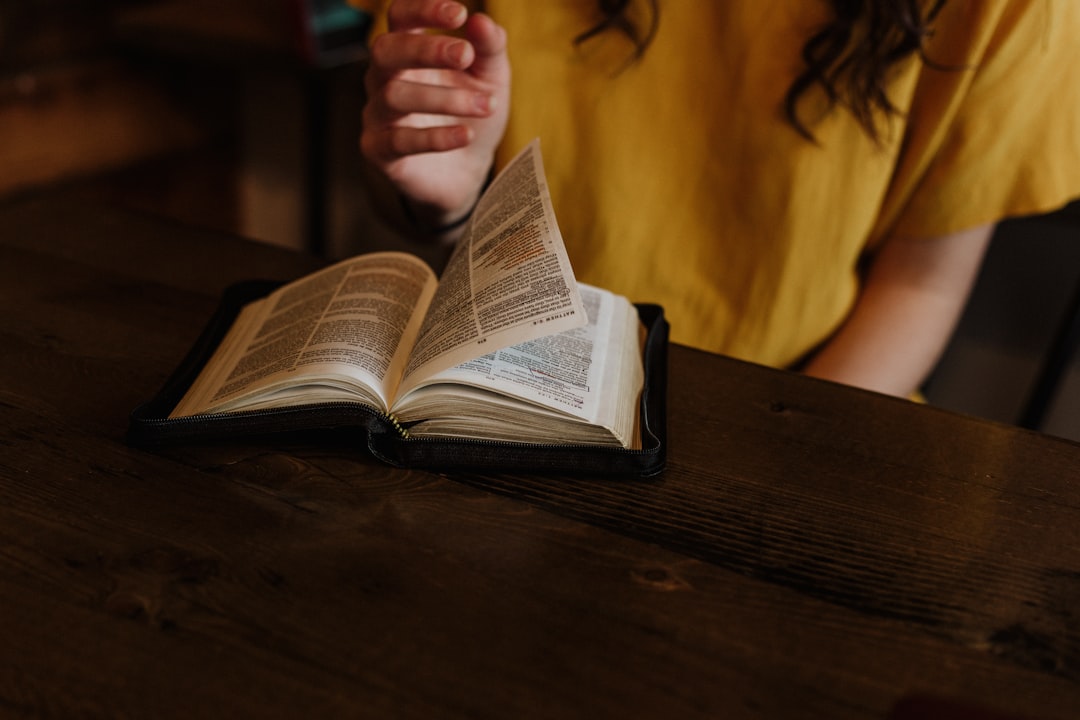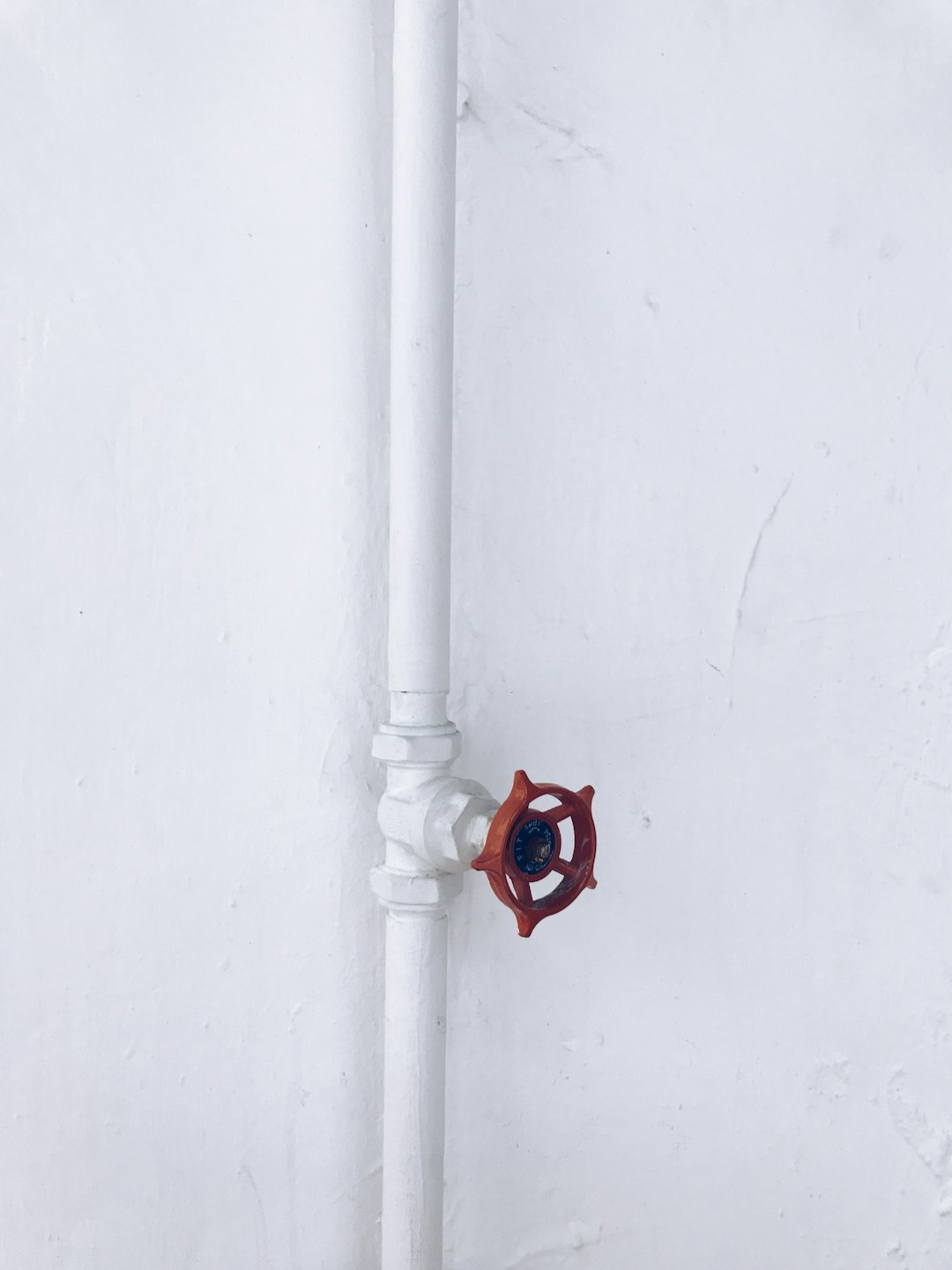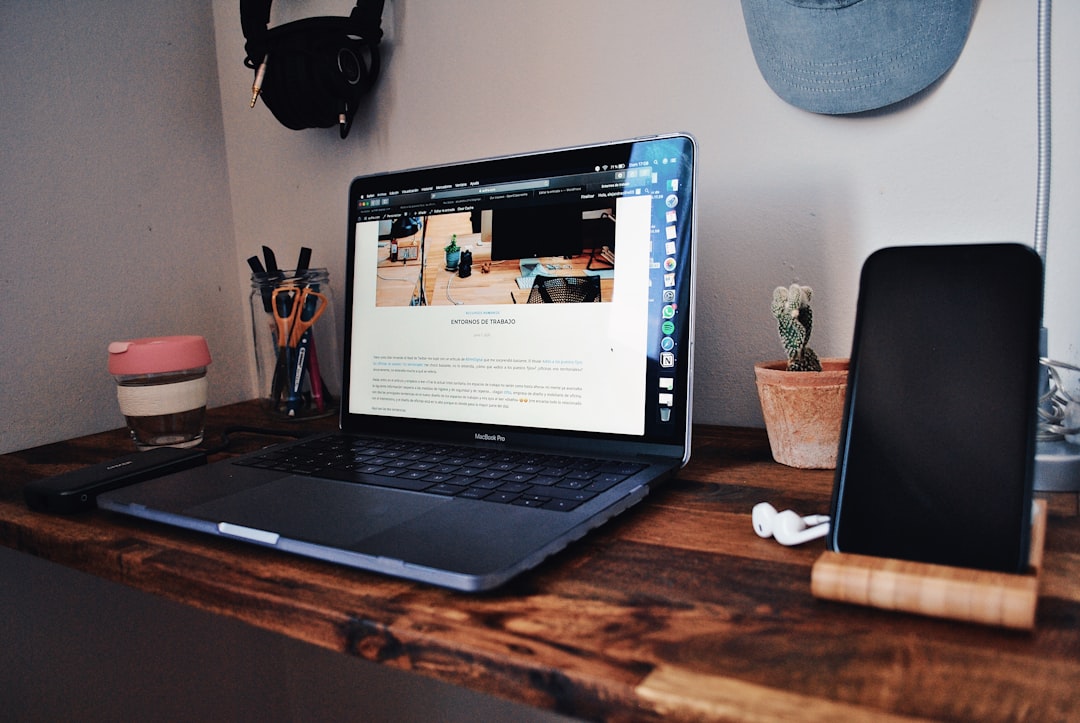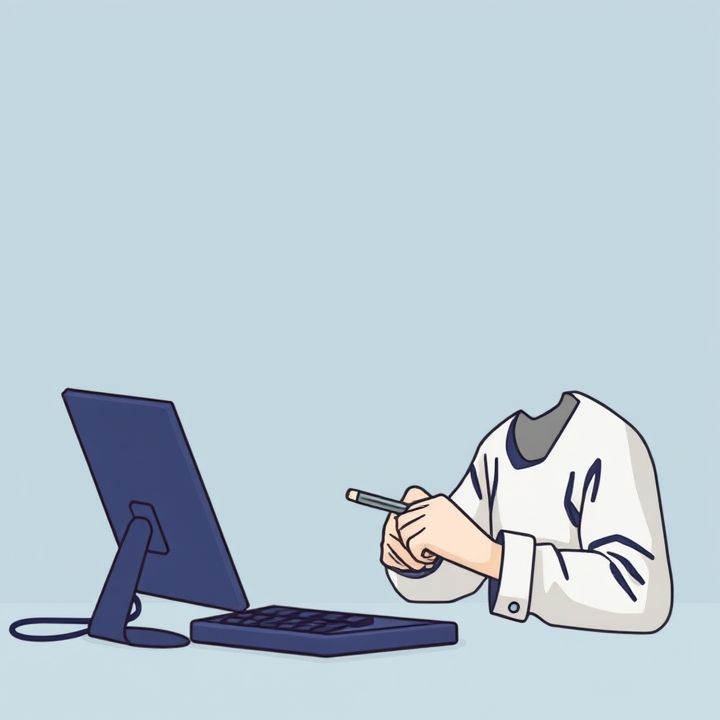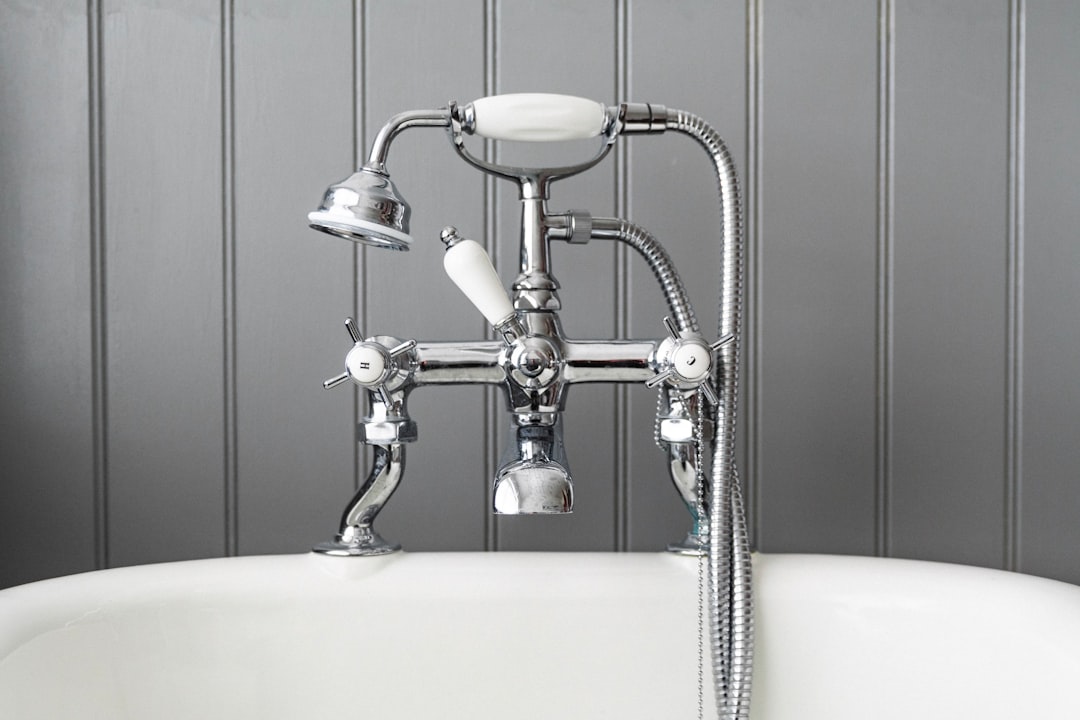YTRankBoost – Rank Your YouTube Videos Higher with Backlinks
Are you struggling to get your YouTube videos noticed in the crowded online space? Look no further than YTRankBoost! Our powerful automation tool can help skyrocket your videos to the top positions of search engines with thousands of backlinks and embeds. And the best part? YTRankBoost is incredibly easy to use. Just paste in your video URL and watch as your rankings soar, bringing more viewers to your content. Don’t get left behind in the competitive world of online video. Try YTRankBoost today and see the results for yourself!
Table of Contents
- Introduction
- Laying down the law of Video SEO: The Ultimate Guide
- Embed YouTube Videos like a Boss to Boost Your Rankings
- YouTube’s Dark Secrets Unveiled: Enhancing for Optimization
- Cracking the Code: Secrets of YouTube’s Almighty Ranking System
- YouTube’s Search Algorithm: Navigating the Maze of Video Rankings
- The Enigma of Audience Engagement: Keeping Those Views Coming
- The Clickbait Conundrum: Winning the YouTube CTR Game
- From Sessions to Success: YouTube’s Session Length Dynamics
- Conclusion
- Frequently Asked Questions
Introduction
Welcome to the intriguing world of YouTube ranking secrets! Ever wondered what makes a video soar to the #1 spot on YouTube? The answer lies in a single, powerful factor that can unlock unprecedented success for content creators. In this article, we delve into this closely guarded secret that has eluded many, until now. Get ready to uncover the key that can propel your YouTube channel to new heights and revolutionize your online presence. Are you ready to discover the ultimate ranking factor that will set your videos apart from the rest? Let’s dive in!
Laying down the law of Video SEO: The Ultimate Guide
Video SEO (Search Engine Optimization) is crucial for maximizing the visibility and reach of your YouTube videos. Understanding the ranking factors that influence how videos are displayed in search results is key to achieving success on the platform.
One of the most important ranking factors for YouTube is the engagement metrics of a video. This includes metrics such as watch time, likes, comments, shares, and click-through rate. YouTube values videos that keep viewers engaged and promote interaction, so creating high-quality content that resonates with your audience is essential.
Additionally, optimizing your video titles, descriptions, tags, and thumbnails with relevant keywords can help improve the visibility of your content in search results. Paying attention to these on-page factors can make a significant difference in how well your videos perform on the platform.
By implementing effective Video SEO strategies and understanding the ranking factors that YouTube values, you can increase the chances of your videos being discovered and attract a larger audience to your channel.
Embed YouTube Videos like a Boss to Boost Your Rankings
Embedding YouTube videos on your website can be a powerful tool to improve your search rankings. When you embed a YouTube video on your site, you provide valuable content that keeps visitors engaged and encourages them to stay longer. This can reduce bounce rates and signal to search engines that your website has relevant content.
Additionally, embedding YouTube videos can increase the time users spend on your site, which is a key engagement metric that search engines consider when ranking websites. The longer visitors stay on your site, the more likely they are to explore other pages and ultimately convert.
Furthermore, YouTube is owned by Google, and Google favors content that integrates its own products. By embedding YouTube videos, you are essentially hosting content from a Google-owned platform, which can positively impact your SEO efforts. Remember to optimize the videos with relevant keywords, titles, and descriptions to further boost your rankings.
YouTube’s Dark Secrets Unveiled: Enhancing for Optimization
YouTube has been a platform that has revolutionized the way we consume video content, with billions of users and hours of videos being uploaded every minute. However, behind the scenes, there are some dark secrets about how videos are optimized to rank higher on the platform.
One of the key factors that determine the ranking of a video on YouTube is the engagement it receives. This includes metrics such as likes, comments, shares, and watch time. YouTube’s algorithm rewards videos that keep viewers engaged and watching for longer periods. Creators who can generate high levels of engagement are more likely to have their videos recommended to a wider audience, leading to increased views and potential monetization opportunities.
Another important aspect of YouTube optimization is the use of keywords and tags. By including relevant keywords in video titles, descriptions, and tags, creators can increase the likelihood of their videos being discovered through search queries. This strategic use of keywords helps YouTube’s algorithm understand the content of the video and match it to user queries.
Cracking the Code: Secrets of YouTube’s Almighty Ranking System
Cracking the Code: Secrets of YouTube’s Almighty Ranking System
YouTube’s ranking algorithm is complex and ever-changing, but there are key factors that can significantly impact a video’s performance on the platform. One of the most important ranking factors for YouTube is watch time. Watch time refers to the total amount of time viewers spend watching a video, and YouTube prioritizes videos that keep viewers engaged and watching for longer periods.
Another crucial factor is audience engagement, which includes metrics such as likes, comments, shares, and subscriptions. Videos that generate high levels of engagement signal to YouTube that they are valuable to viewers and are more likely to be promoted in search results and recommendations.
Video optimization, including the use of relevant keywords, tags, and titles, also plays a key role in YouTube’s ranking system. By optimizing these elements, content creators can improve the visibility of their videos and attract a larger audience.
YouTube’s Search Algorithm: Navigating the Maze of Video Rankings
YouTube’s search algorithm plays a key role in determining the ranking of videos on the platform. Understanding how this algorithm works can help content creators navigate the competitive landscape and increase their visibility.
One of the primary factors that influences a video’s ranking on YouTube is watch time. This refers to the total amount of time viewers spend watching a video. Videos with higher watch times are often prioritized by the algorithm as they indicate viewer engagement and interest.
Other factors that can impact video rankings include click-through rate (CTR), video metadata (titles, descriptions, tags), user engagement (likes, comments, shares), and viewer retention. By optimizing these elements and creating high-quality, engaging content, creators can improve their chances of ranking higher in search results and reaching a larger audience on YouTube.
The Enigma of Audience Engagement: Keeping Those Views Coming
When it comes to ranking factors on YouTube, one of the most crucial elements is audience engagement. Audience engagement refers to how viewers interact with your videos, such as liking, commenting, sharing, and subscribing. YouTube’s algorithm takes into account these interactions to determine the popularity and relevance of your content. Videos that have high levels of audience engagement are more likely to be recommended to other users, leading to increased views and watch time.
Keeping your audience engaged involves creating engaging and relevant content that resonates with your viewers. This could include asking questions, encouraging discussions in the comments, responding to comments, and creating videos based on viewer feedback. Consistency in posting, quality production, and understanding your target audience are also key factors in maintaining audience engagement. By focusing on building a strong connection with your audience, you can increase your chances of ranking well on YouTube and attracting more views to your videos.
The Clickbait Conundrum: Winning the YouTube CTR Game
YouTube’s click-through rate (CTR) is a crucial factor in determining the success of a video. The CTR reflects the percentage of people who clicked on your video after seeing it. In the competitive landscape of YouTube, creators often face the clickbait conundrum – how to entice viewers with compelling thumbnails and titles without misleading them.
Winning the YouTube CTR game involves striking a balance between creating click-worthy content and delivering on viewer expectations. While a catchy thumbnail and title can initially attract clicks, the content must be engaging and relevant to retain viewers and encourage them to watch more videos. Creators should focus on understanding their target audience, optimizing their thumbnails and titles for searchability, and experimenting with different approaches to see what resonates with viewers.
Ultimately, maintaining transparency and authenticity in your content is key to building a loyal audience and improving your overall CTR on YouTube.
From Sessions to Success: YouTube’s Session Length Dynamics
YouTube’s Session Length Dynamics are a crucial aspect of user engagement on the platform. Session length refers to the amount of time a user spends on YouTube during a single visit. The longer the session length, the more engaged the user is with the content. This metric is important to YouTube because it indicates how satisfied users are with the platform and its videos.
YouTube’s algorithm takes session length into account when recommending videos to users. If a user stays on the platform for an extended period, it suggests that they are finding the content engaging and relevant. This, in turn, leads to higher retention rates and increased watch time, which are key factors in YouTube’s ranking algorithm.
Creators can improve session length by creating compelling content that keeps viewers hooked. This may include creating playlists, linking related videos, and crafting engaging intros to encourage viewers to stay on the platform. By understanding and optimizing for session length, creators can enhance their chances of success on YouTube.
Conclusion
Ready to boost your YouTube rankings and reach a wider audience? Unlock the power of YTRankBoost today! Embed your videos on hundreds of websites and web 2.0 properties effortlessly. Take your YouTube channel to the next level and increase your visibility. Purchase YTRankBoost now at https://wwn.sslwebcart.com/ytrankbooster/



